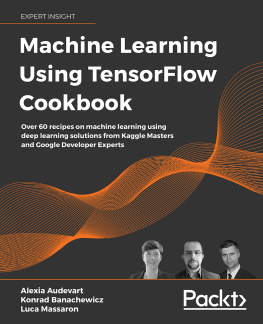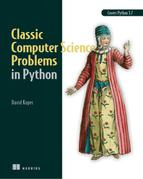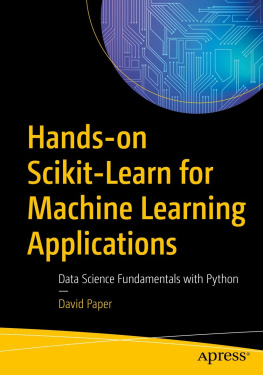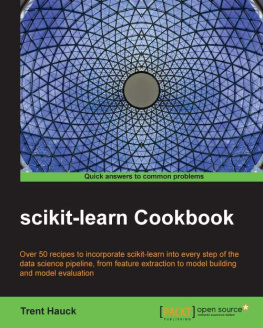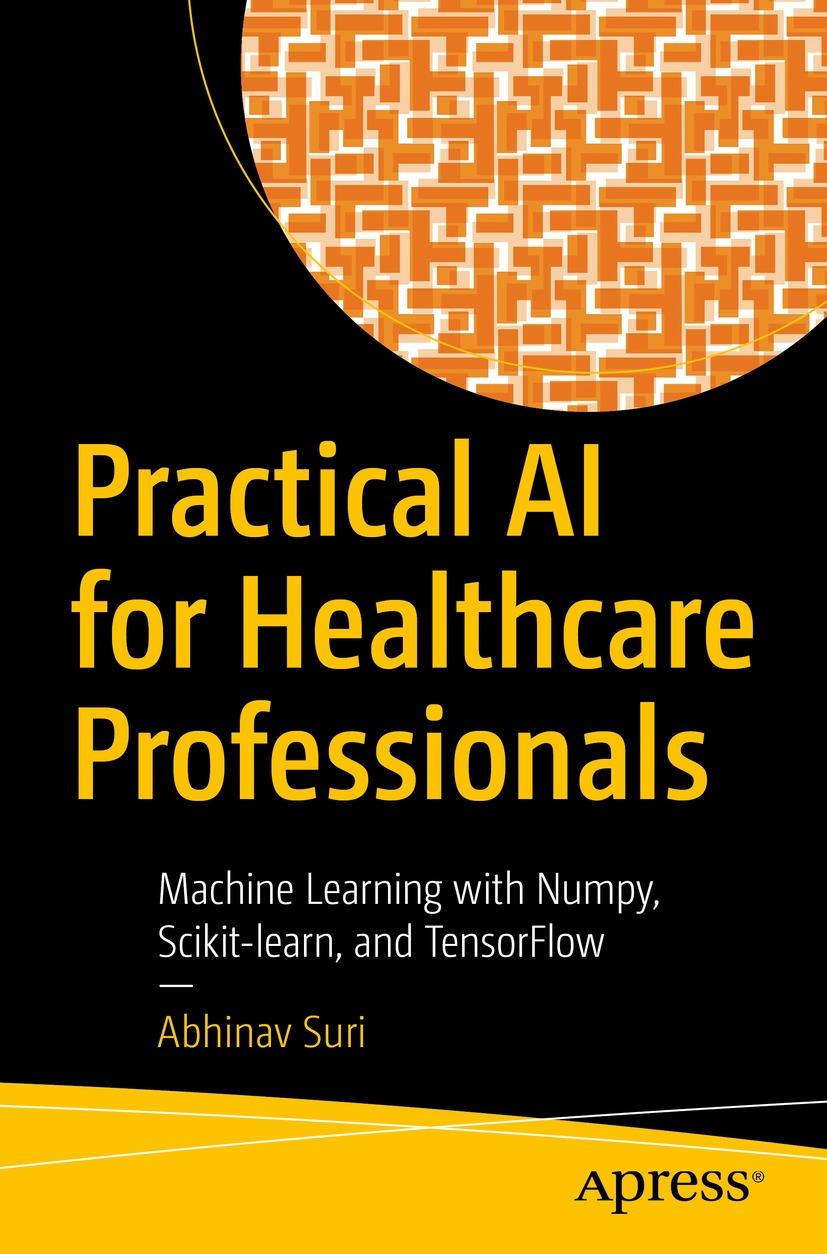Abhinav Suri - Practical AI for Healthcare Professionals: Machine Learning with Numpy, Scikit-learn, and TensorFlow
Here you can read online Abhinav Suri - Practical AI for Healthcare Professionals: Machine Learning with Numpy, Scikit-learn, and TensorFlow full text of the book (entire story) in english for free. Download pdf and epub, get meaning, cover and reviews about this ebook. year: 2021, publisher: Apress, genre: Home and family. Description of the work, (preface) as well as reviews are available. Best literature library LitArk.com created for fans of good reading and offers a wide selection of genres:
Romance novel
Science fiction
Adventure
Detective
Science
History
Home and family
Prose
Art
Politics
Computer
Non-fiction
Religion
Business
Children
Humor
Choose a favorite category and find really read worthwhile books. Enjoy immersion in the world of imagination, feel the emotions of the characters or learn something new for yourself, make an fascinating discovery.
- Book:Practical AI for Healthcare Professionals: Machine Learning with Numpy, Scikit-learn, and TensorFlow
- Author:
- Publisher:Apress
- Genre:
- Year:2021
- Rating:4 / 5
- Favourites:Add to favourites
- Your mark:
Practical AI for Healthcare Professionals: Machine Learning with Numpy, Scikit-learn, and TensorFlow: summary, description and annotation
We offer to read an annotation, description, summary or preface (depends on what the author of the book "Practical AI for Healthcare Professionals: Machine Learning with Numpy, Scikit-learn, and TensorFlow" wrote himself). If you haven't found the necessary information about the book — write in the comments, we will try to find it.
Use Artificial Intelligence (AI) to analyze and diagnose what previously could only be handled by trained medical professionals. This book gives an introduction to practical AI, focusing on real-life medical problems, how to solve them with actual code, and how to evaluate the efficacy of these solutions.
Youll start by learning how to diagnose problems as ones that can and cannot be solved with AI or computer science algorithms. If youre not familiar with those algorithms, thats not a problem. Youll learn the basics of algorithms and neural networks and when each should be applied. Then youll tackle the essential parts of basic Python programming relevant to data processing and making AI programs. The TensorFlow library alogn with Numpy and Scikit-Learn are covered, too.
Once youve mastered those basic computer science concepts, you can dive into three projects with code, implementation details and explanation, and diagnostic utility analysis. These projects give you the change to explore using machine learning algorithms for diagnosing diabetes from patient data, using basic neural networks for heart disease prediction from cardiac data, and using convolutional networks for brain tumor segmentation from MRI scans
The topics and projects covered not only encompass areas of the medical field where AI is already playing a major role but also are engineered to cover as much as possible of AI that is relevant to medical diagnostics. Along the way, readers can expect to learn data processing, how to conceptualize problems that can be solved by AI, and how to program solutions to problems using modern libraries, such as TensorFlow. Physicians and other healthcare professionals who can master these skills will be able to lead AI-based research and diagnostic tool development, ultimately benefiting countless patients.
What Youll Learn
- Distinguish between problems that currently can and cannot be solved with AI
- Master programming concepts not familiar to physicians, such as libraries, coding, and creating and training ML models
- Perform dataset analysis with decision trees, SVMs, and neural networks.
Who This Book Is For
Physicians and other healthcare professionals curious about AI and interested in leading medical innovation initiatives. Additionally, software engineers working on healthcare related projects involving AI.
Abhinav Suri: author's other books
Who wrote Practical AI for Healthcare Professionals: Machine Learning with Numpy, Scikit-learn, and TensorFlow? Find out the surname, the name of the author of the book and a list of all author's works by series.



